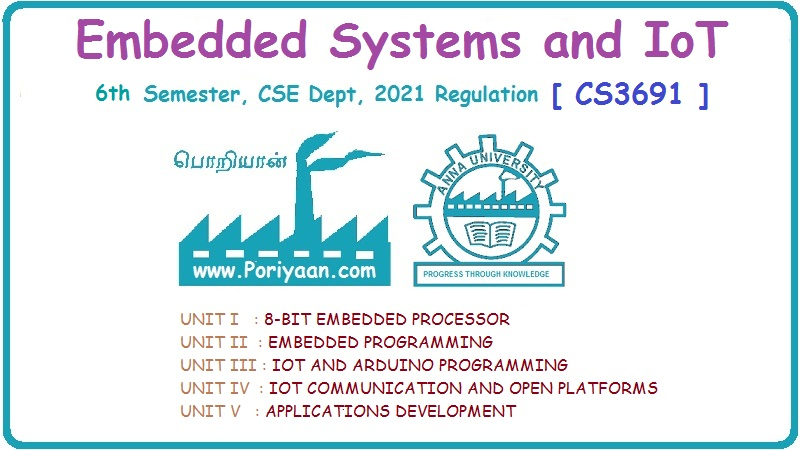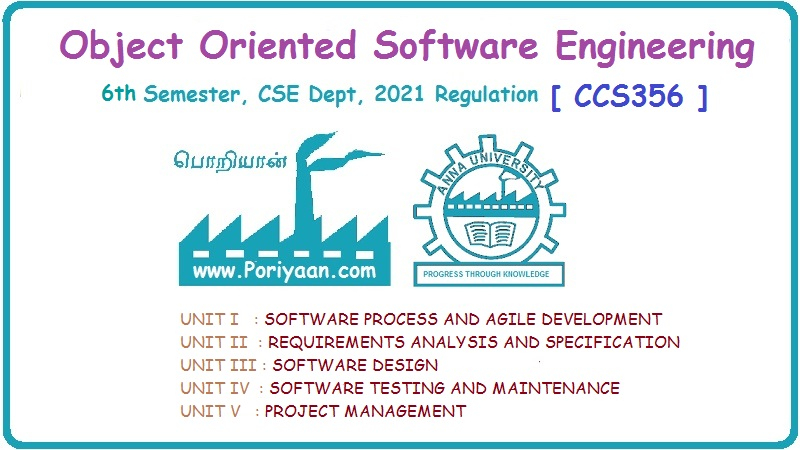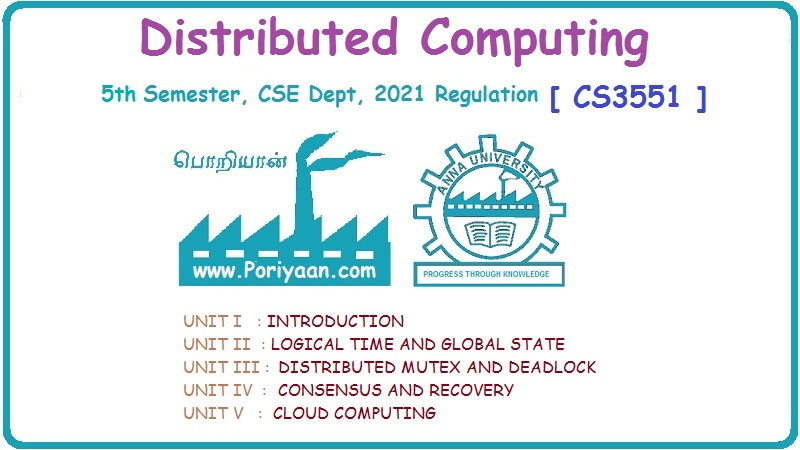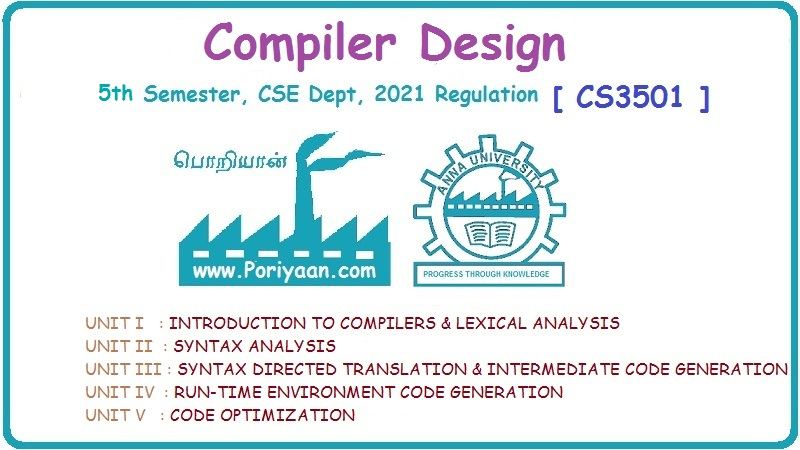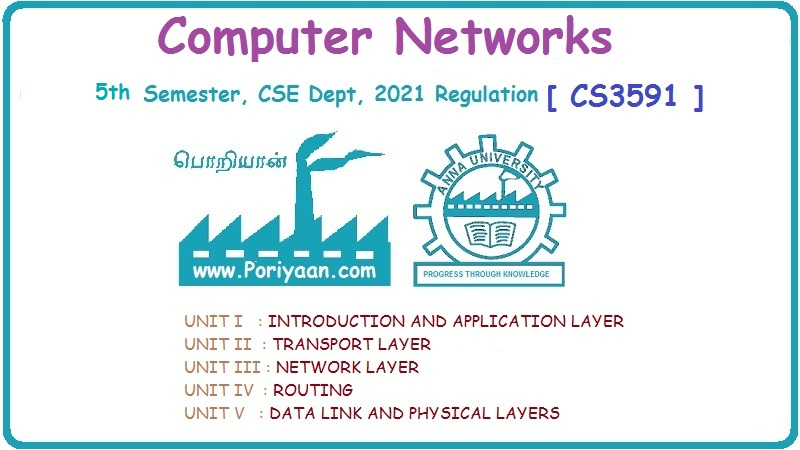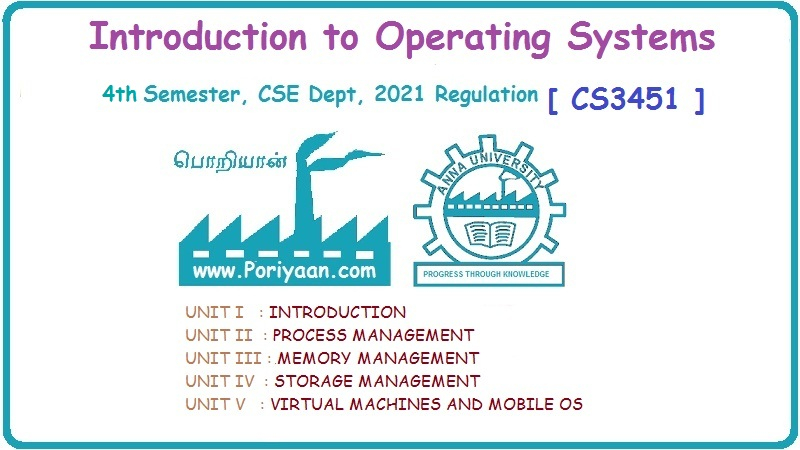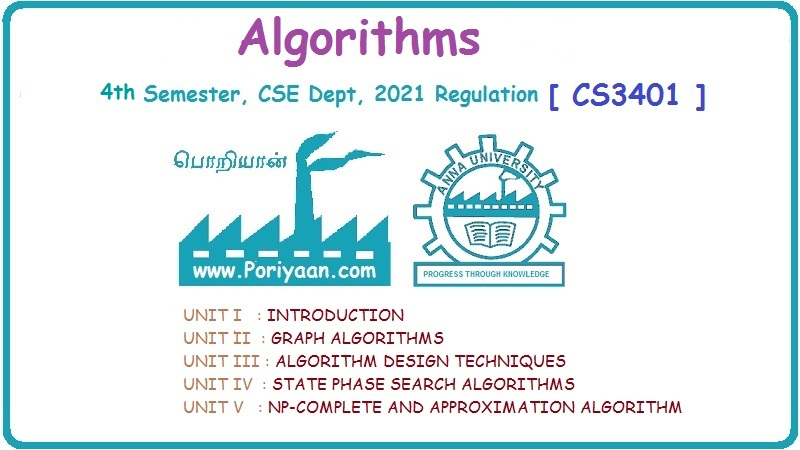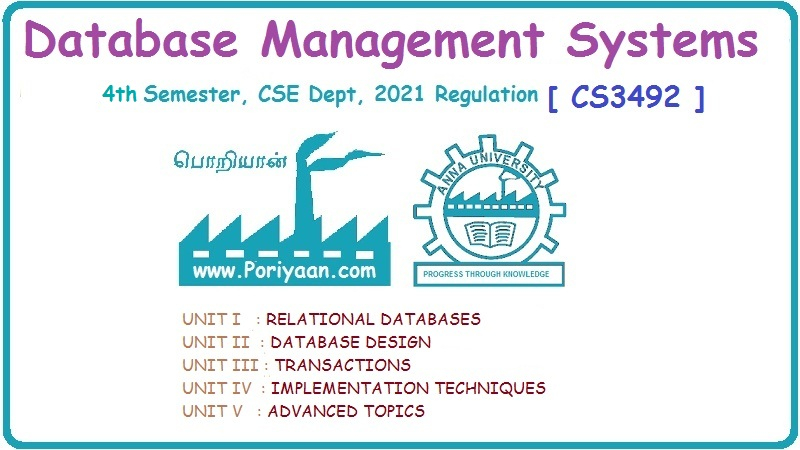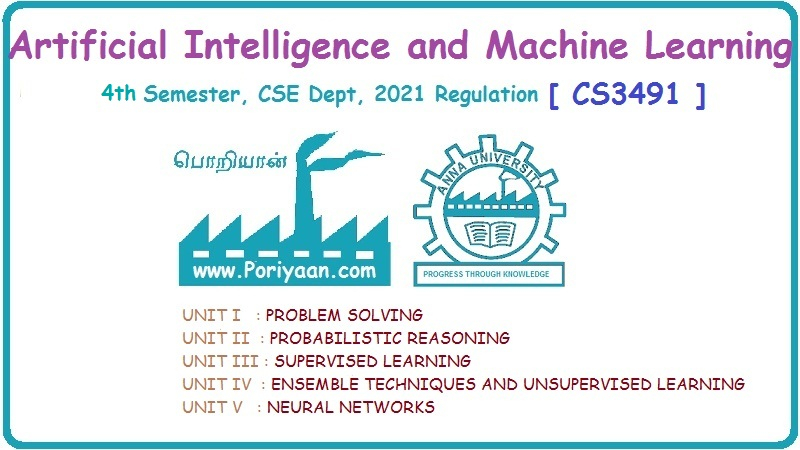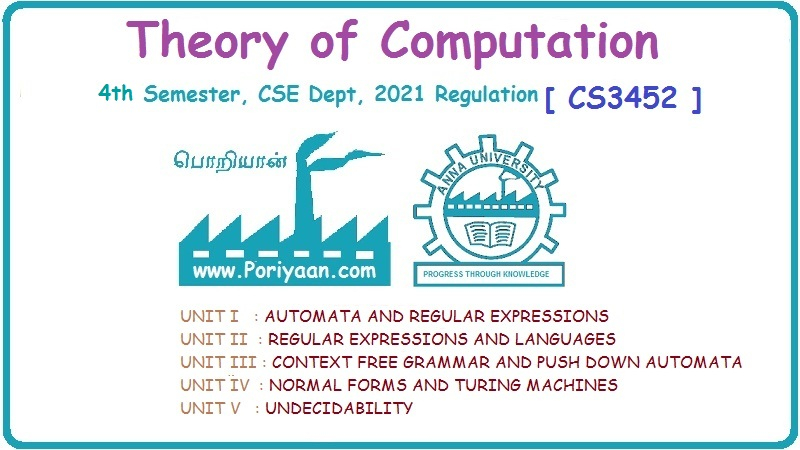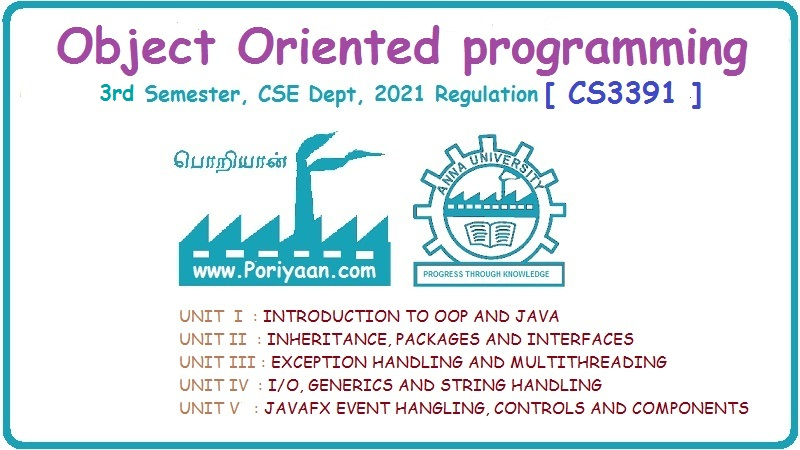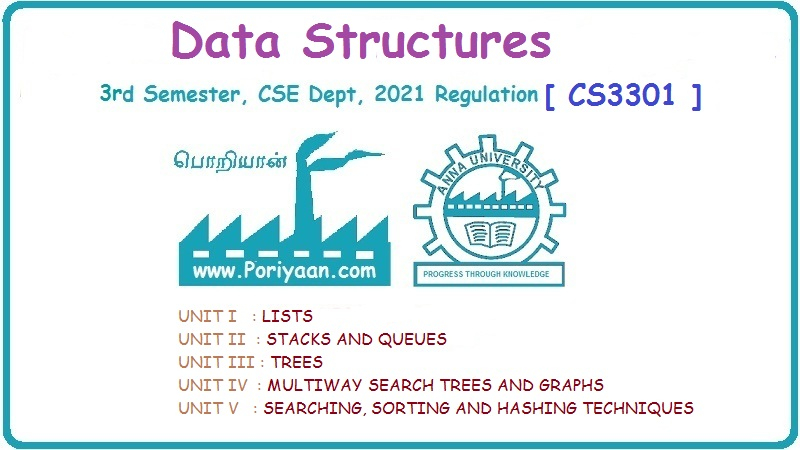Foundation of Data Science
CS3352 3rd Semester CSE Dept | 2021 Regulation
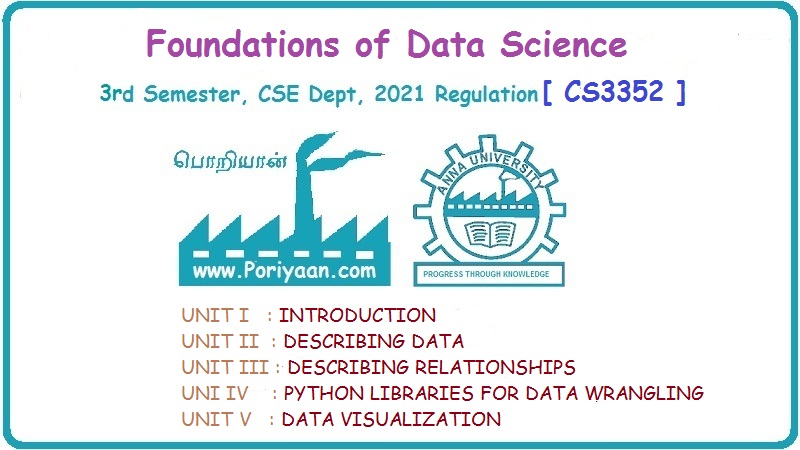
2021 regulation - 2nd year, 3rd semester paper for CSE Department (Computer Science Engineering Department). Subject Code: CS3352, Subject Name: Foundation of Data Science, Batch: 2021, 2022, 2023, 2024. Institute: Anna University Affiliated Engineering College, TamilNadu. This page has Foundation of Data Science study material, notes, semester question paper pdf download, important questions, lecture notes.
PDF Download Links
Foundation of Data Science
- Data Science and Big Data
- Facets of Data
- Data Science Process
- Defining Research Goals
- Retrieving Data
- Data Preparation
- Exploratory Data Analysis
- Build the Models
- Presenting Findings and Building Applications
- Data Mining
- Data Warehousing
- Basic Statistical Descriptions of Data
- Two marks Questions with Answers
- Data Wrangling
- Introduction to Python
- Numpy
- Basics of Numpy Arrays
- Aggregations
- Computations on Arrays
- Comparisons, Masks and Boolean Logic
- Fancy Indexing
- Structured Arrays
- Data Manipulation with Pandas
- Hierarchical indexing
- Combining Datasets
- Aggregation and Grouping
- Pivot Tables
- Two marks Questions with Answers
PDF Download Links
Foundation of Data Science
Unit I: Introduction
- Data Science and Big Data
- Facets of Data
- Data Science Process
- Defining Research Goals
- Retrieving Data
- Data Preparation
- Exploratory Data Analysis
- Build the Models
- Presenting Findings and Building Applications
- Data Mining
- Data Warehousing
- Basic Statistical Descriptions of Data
- Two marks Questions with Answers
Unit IV: Python Libraries for Data Wrangling
- Data Wrangling
- Introduction to Python
- Numpy
- Basics of Numpy Arrays
- Aggregations
- Computations on Arrays
- Comparisons, Masks and Boolean Logic
- Fancy Indexing
- Structured Arrays
- Data Manipulation with Pandas
- Hierarchical indexing
- Combining Datasets
- Aggregation and Grouping
- Pivot Tables
- Two marks Questions with Answers
PDF Download Links

CS3352
FOUNDATIONS
OF DATA SCIENCE
COURSE
OBJECTIVES:
•
To understand the data science fundamentals and process.
•
To learn to describe the data for the data science process.
•
To learn to describe the relationship between data.
•
To utilize the Python libraries for Data Wrangling.
•
To present and interpret data using visualization libraries in Python
UNIT I INTRODUCTION
Data
Science: Benefits and uses – facets of data - Data Science Process: Overview –
Defining research goals – Retrieving
data – Data preparation - Exploratory Data analysis – build the model–
presenting findings and building applications - Data Mining - Data Warehousing
– Basic Statistical descriptions of Data
UNIT II DESCRIBING DATA
Types
of Data - Types of Variables -Describing Data with Tables and Graphs
–Describing Data with Averages -
Describing Variability - Normal Distributions and Standard (z) Scores
UNIT III DESCRIBING RELATIONSHIPS
Correlation
–Scatter plots –correlation coefficient for quantitative data –computational
formula for correlation coefficient –
Regression –regression line –least squares regression line – Standard error of estimate – interpretation of r2
–multiple regression equations –regression towards the mean
UNIT IV PYTHON LIBRARIES FOR DATA WRANGLING
Basics
of Numpy arrays –aggregations –computations on arrays –comparisons, masks,
boolean logic – fancy indexing –
structured arrays – Data manipulation with Pandas – data indexing and selection – operating on data – missing data
– Hierarchical indexing – combining datasets – aggregation and grouping – pivot
tables
UNIT V DATA VISUALIZATION
Importing
Matplotlib – Line plots – Scatter plots – visualizing errors – density and
contour plots – Histograms – legends – colors – subplots – text and annotation
– customization – three dimensional
plotting - Geographic Data with Basemap - Visualization with Seaborn.
COURSE
OUTCOMES:
At
the end of this course, the students will be able to:
CO1:
Define the data science process
CO2:
Understand different types of data description for data science process
CO3:
Gain knowledge on relationships between data
CO4:
Use the Python Libraries for Data Wrangling
CO5:
Apply visualization Libraries in Python to interpret and explore data
TEXT
BOOKS
1.
David Cielen, Arno D. B. Meysman, and Mohamed Ali, “Introducing Data Science”,
Manning Publications, 2016. (Unit I)
2.
Robert S. Witte and John S. Witte, “Statistics”, Eleventh Edition, Wiley
Publications, 2017. (Units II and III)
3.
Jake VanderPlas, “Python Data Science Handbook”, O’Reilly, 2016. (Units IV and
V)
REFERENCES:
1. Allen B. Downey, “Think Stats: Exploratory Data Analysis in Python”, Green Tea Press,2014.
Foundation of Data Science: Unit I: Introduction,, Foundation of Data Science: Unit II: Describing Data,, Foundation of Data Science: Unit III: Describing Relationships,, Foundation of Data Science: Unit IV: Python Libraries for Data Wrangling,, Foundation of Data Science: Unit V: Data Visualization 3rd Semester CSE Dept 2021 Regulation : CS3352 3rd Semester CSE Dept | 2021 Regulation Foundation of Data Science
